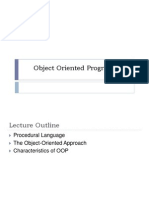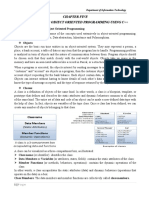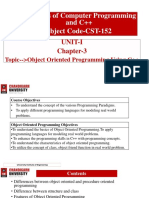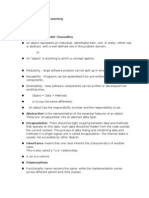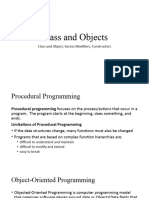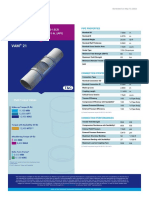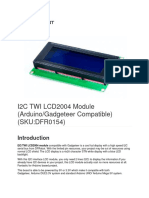0% found this document useful (0 votes)
27 views21 pagesWeek2 Lecture
This is informative lecture .. uh should take ot for gaining your further more knowledge and seeking many different things to achieve your goals in this hardship worlds..
Thank you!
Uploaded by
maryammaryam3467Copyright
© © All Rights Reserved
We take content rights seriously. If you suspect this is your content, claim it here.
Available Formats
Download as PPTX, PDF, TXT or read online on Scribd
0% found this document useful (0 votes)
27 views21 pagesWeek2 Lecture
This is informative lecture .. uh should take ot for gaining your further more knowledge and seeking many different things to achieve your goals in this hardship worlds..
Thank you!
Uploaded by
maryammaryam3467Copyright
© © All Rights Reserved
We take content rights seriously. If you suspect this is your content, claim it here.
Available Formats
Download as PPTX, PDF, TXT or read online on Scribd
/ 21








